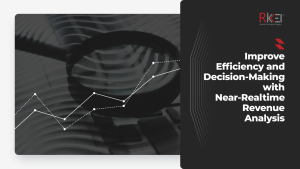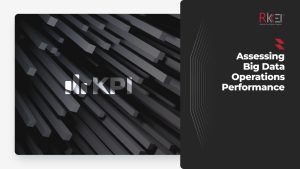
Improve Efficiency and Decision-Making with Near-Realtime Revenue Analysis
Improve Efficiency and Decision-Making with Near-Realtime Revenue Analysis The client, a leading background check company in the United States, wanted to support their financial operations



